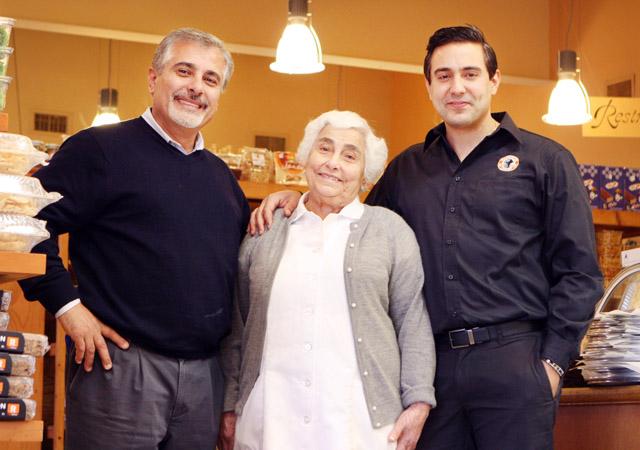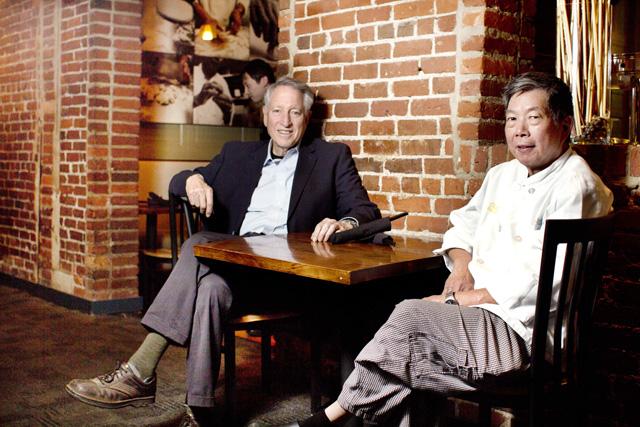Diet. It’s a common word on product labels in stores and in commercials, but it’s also one that conjures up different meanings. Diet could mean what you eat on the Atkins or the South Beach diets, or the term diet could mean what you didn’t eat before Spring Break last year. Maybe you don’t eat meat, maybe you don’t eat dairy or maybe you eat a whole lot of both.
It is diet as a custom that perhaps is the most overlooked aspect of diet in general. But is there a culture that offers the best diet in terms of overall health?
Sarah Ash, professor of nutrition, said she doesn’t think so. However, Ash said, traditionally people in the Mediterranean, Italian, and European countries reflect a way of eating that has been associated with low rates of chronic disease.
“They eat a lot of vegetables, legumes, fish, dairy, cheeses and grains. Their diet tends to be highly varied,” Ash said, adding that variability, and small portion size, are keys to a healthy diet.
But Ash said Americans’ reliance on food (and food in abundance) was fostered by the society surrounding them.
“We had the background and opportunity to produce massive quantities of food, and that tied in with American expectations that runs through a lot of aspects of our culture,” she said.
The expectation Ash is referring to is the notion that “bigger is better.” Many Americans have the luxury to be wasteful since restaurants can produce large amounts of food with little money, Ash said. They have the luxury to purchase a bucket of fried chicken without having to get of of their cars, she said, adding that a technologically driven society values labor-saving devices — and that extends to food, as well.
To combat this, Ash suggested that first, diet has to become a priority. In addition, “Another thing we’re missing is seeing food preparation as a social activity. Instead of going out, have a potluck,” Ash said.
Ash mentioned Japanese food, sushi in particular, to illustrate the difference between American food and Japanese food. She explained the art form of sushi, and how it is a reflection of taking what little ingredients the Japanese had and making it something special. She mentioned the U.S. diet tends to be more limited, although the options are unlimited.
Lisa Eberhart, University dietician, agreed that fruits and vegetables are the best foods to eat, regardless of ethnic diet. She stressed the importance of eating real fruit, because a “fruit roll-up isn’t really a piece of fruit.”
She urges people to go closer to what is grown. In terms of ethnic or cultural diets, Eberhart said she doesn’t think that there’s one “right” diet. She mentioned the tendency of Americans to “Americanize” ethnic foods, like Mexican food, for example. Traditionally, Mexican recipes use corn tortillas, beans, not a lot of meat, fresh peppers, tomatoes and a variety of vegetables. When these recipes are Americanized, chefs use white tortillas, extra meat and extra cheese.
Eberhart and Ash both mentioned the importance of exercise in maintaining a healthy diet. In Europe, people are walking and moving a lot more, so they can imbibe more calories because they are expending more energy.
Bridget Hier, a senior in psychology, said she doesn’t necessarily follow a strict cultural diet — but she does eat her fruits and vegetables.
“I’ve always eaten a lot of fruit and vegetables because that’s how I grew up. My mom cooked very healthy foods.” Hier, who is from New York, said she also tries to avoid “Southern-style eating” like “barbeque, biscuits and fried chicken.”



